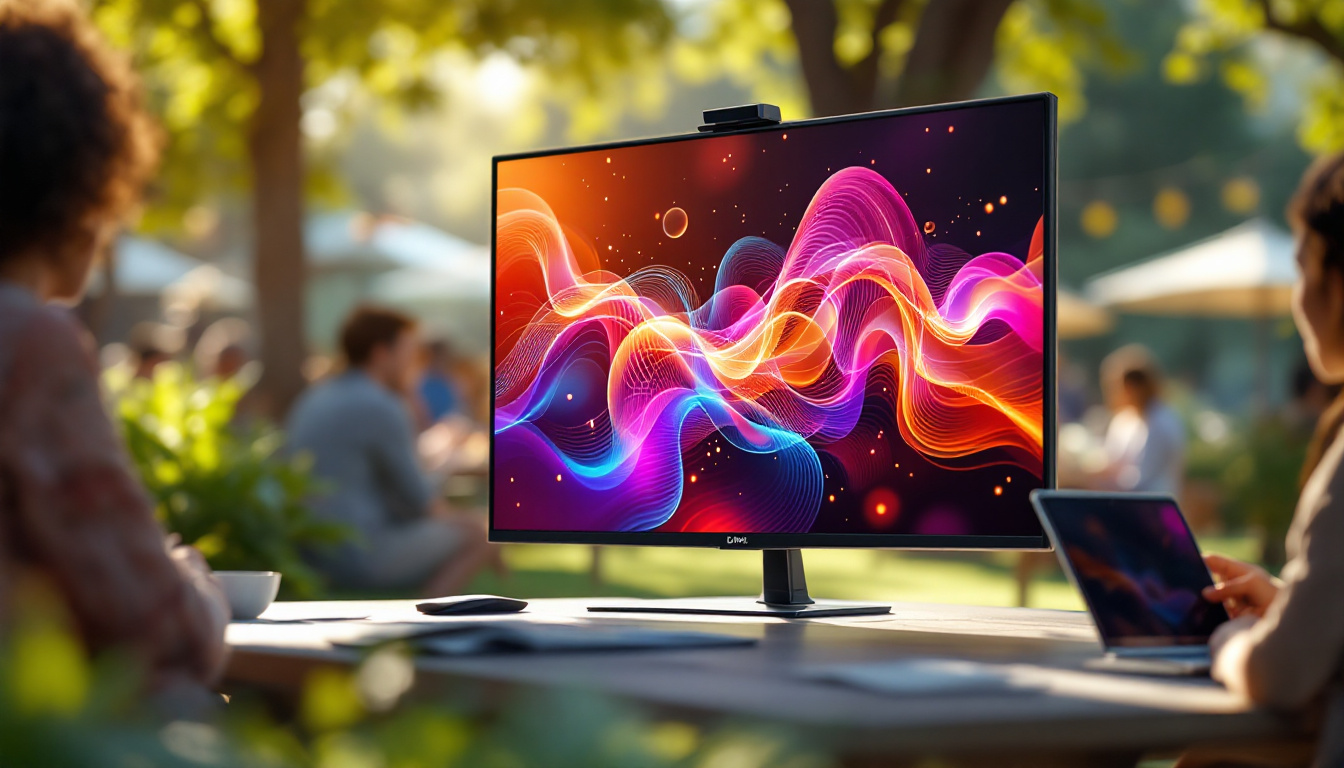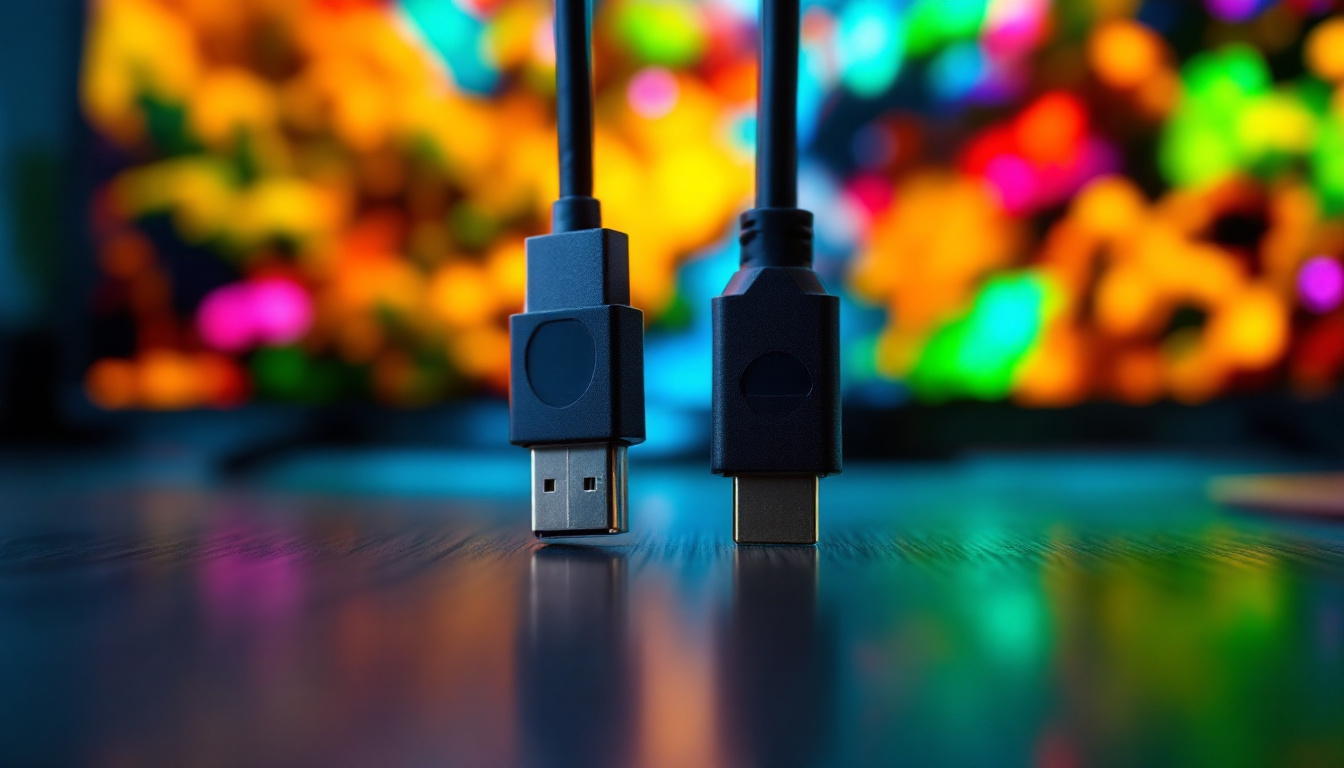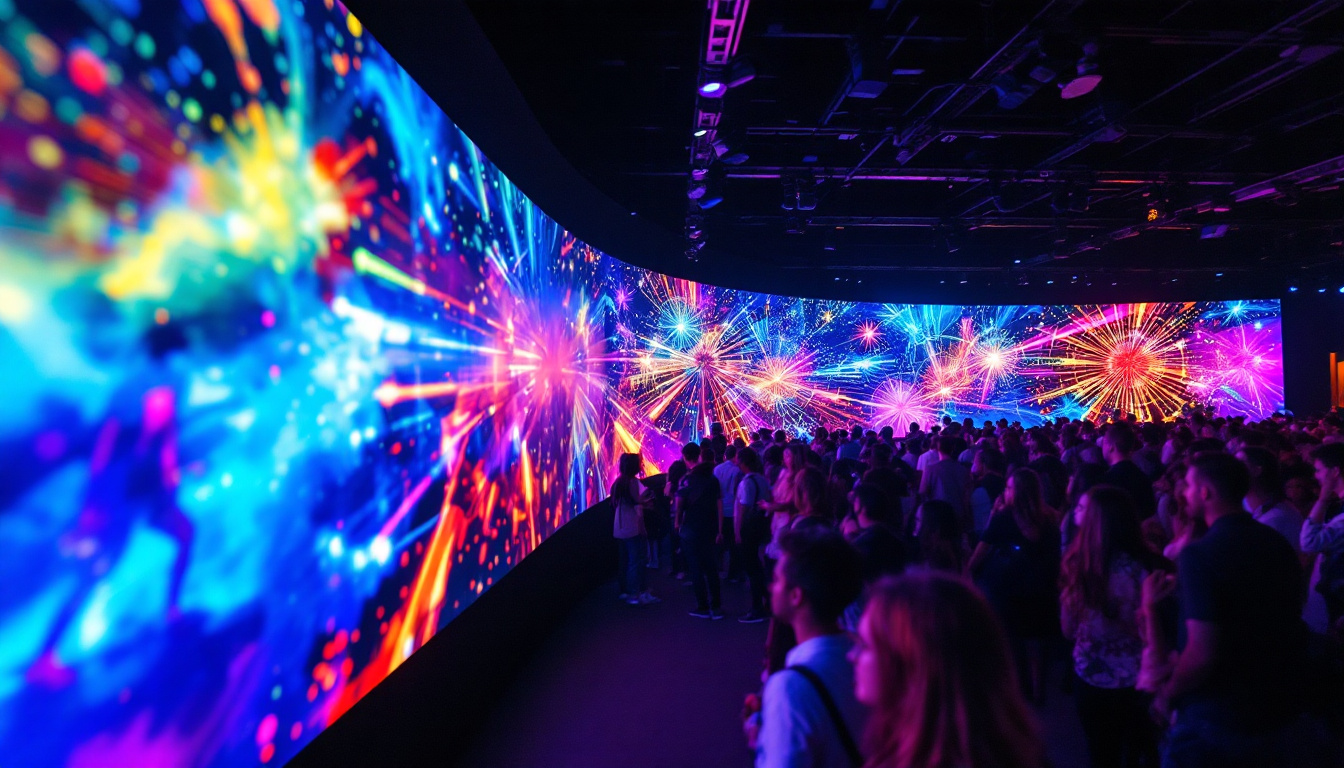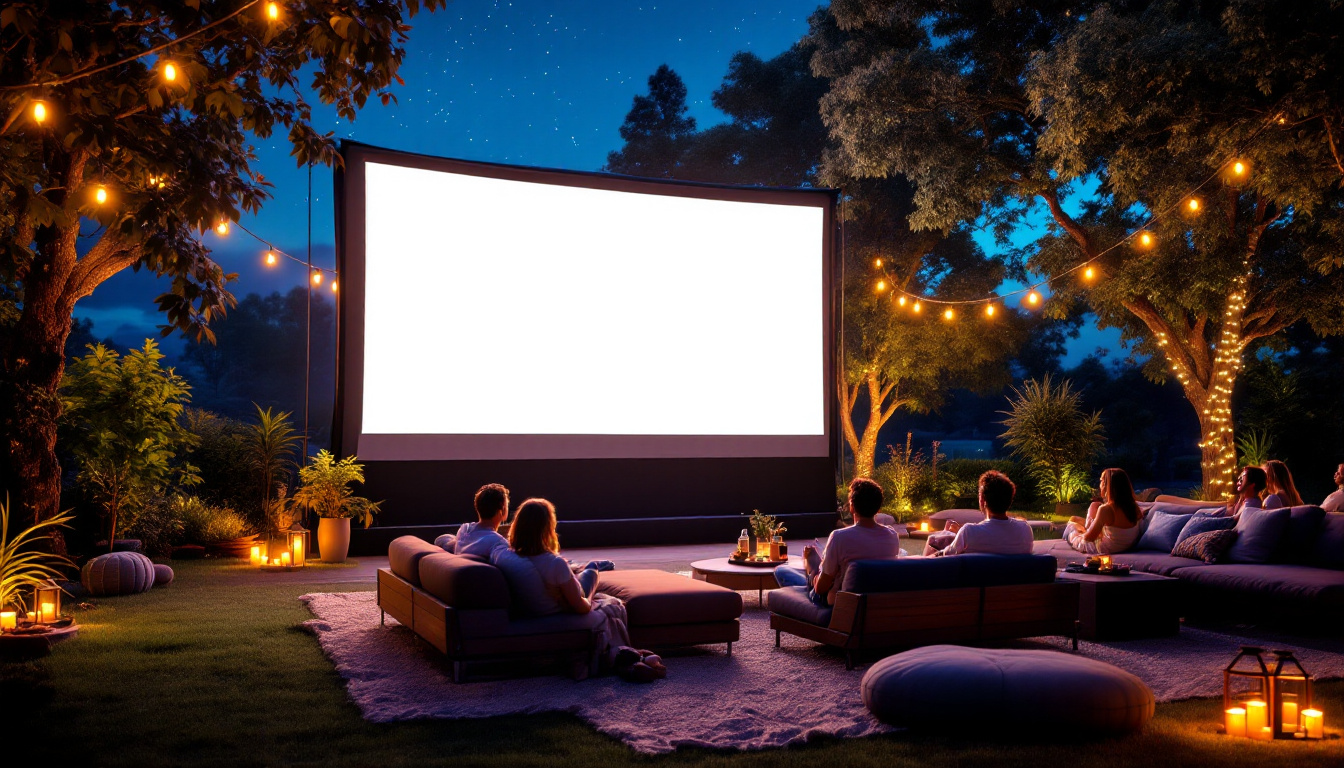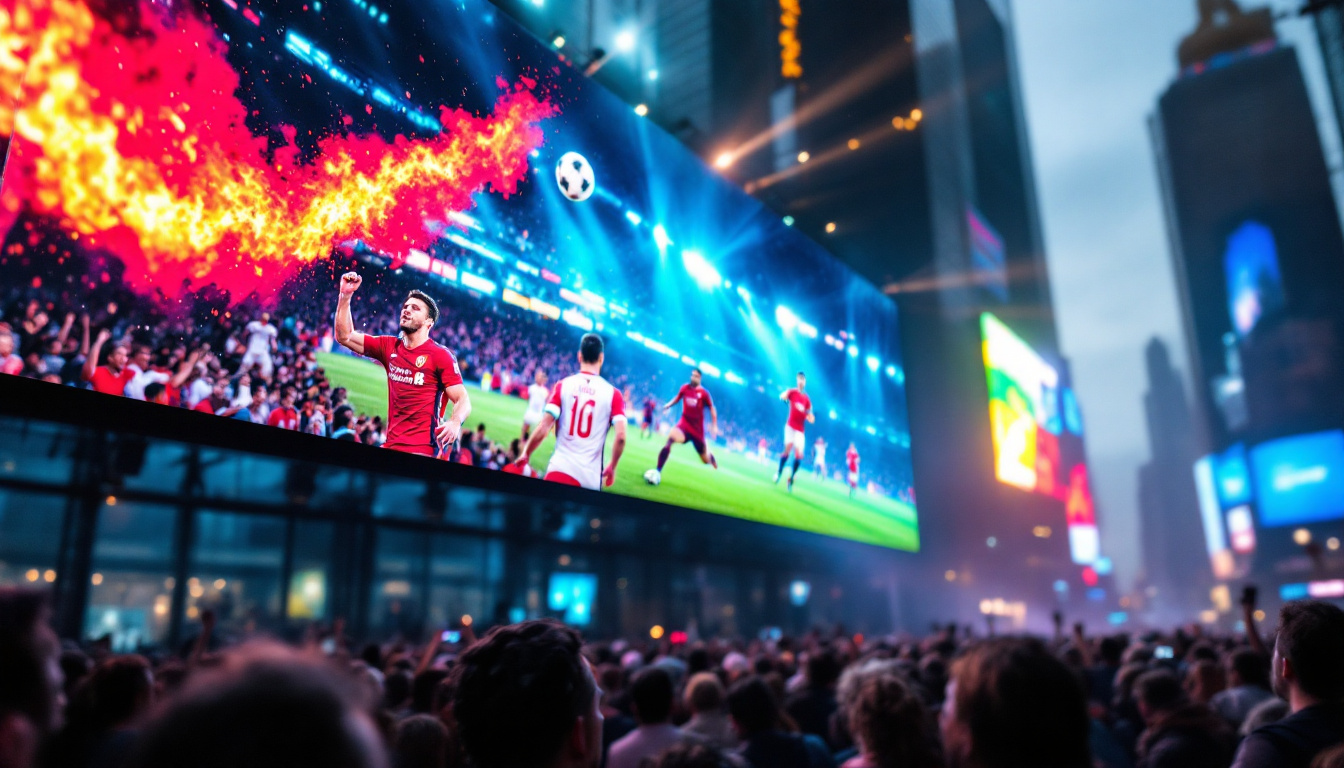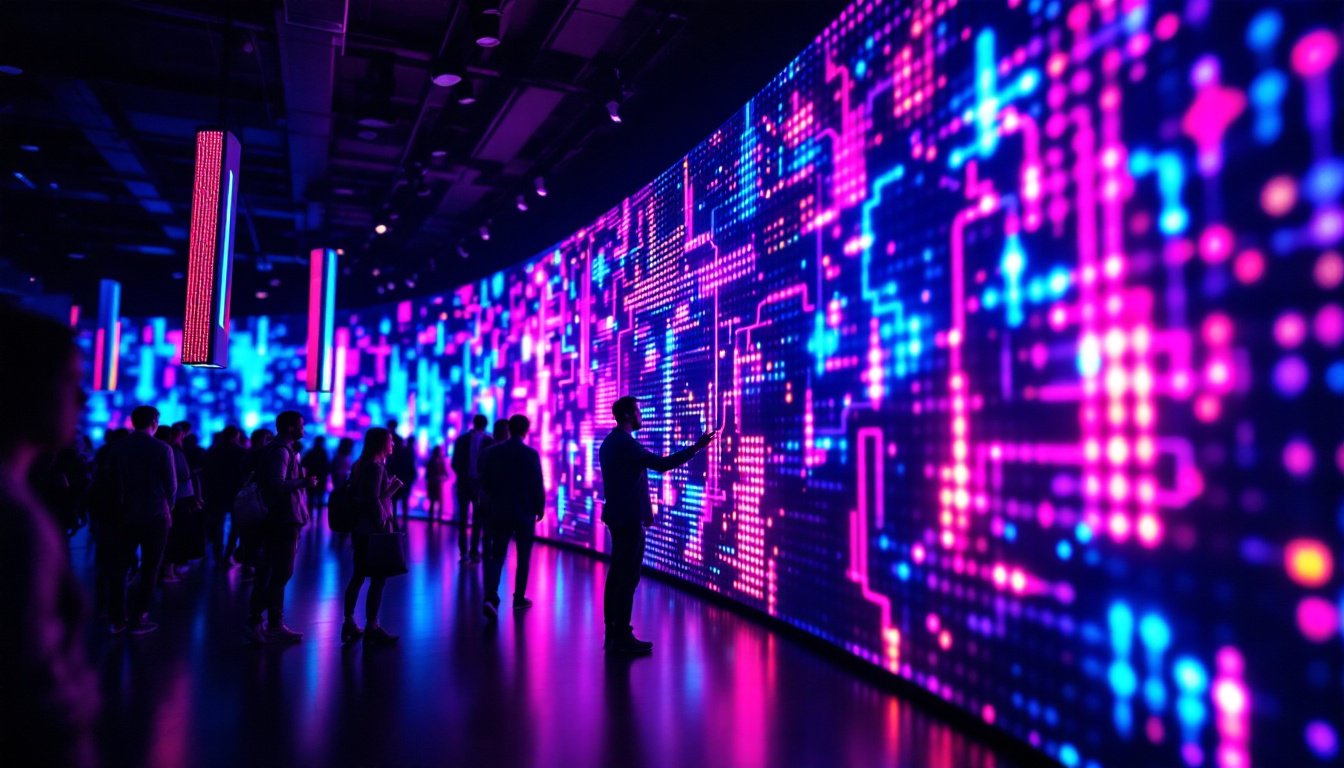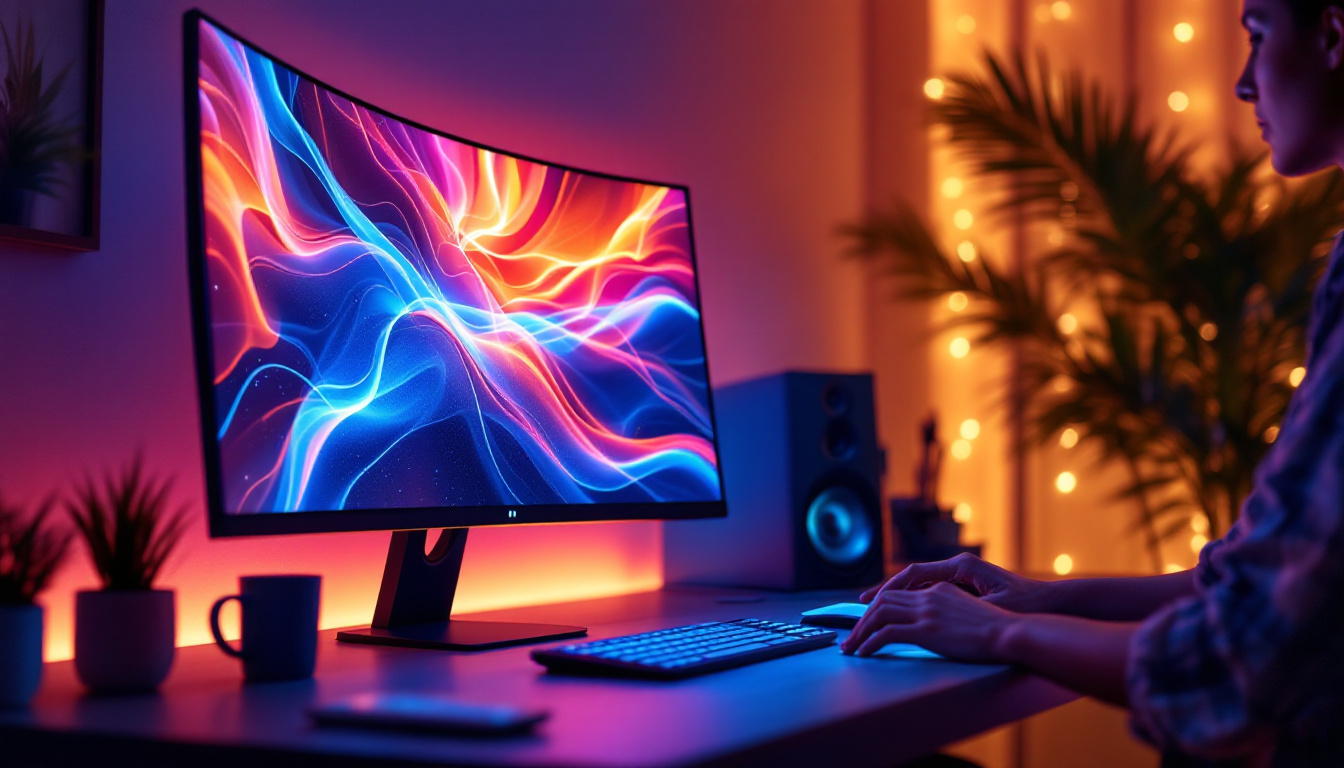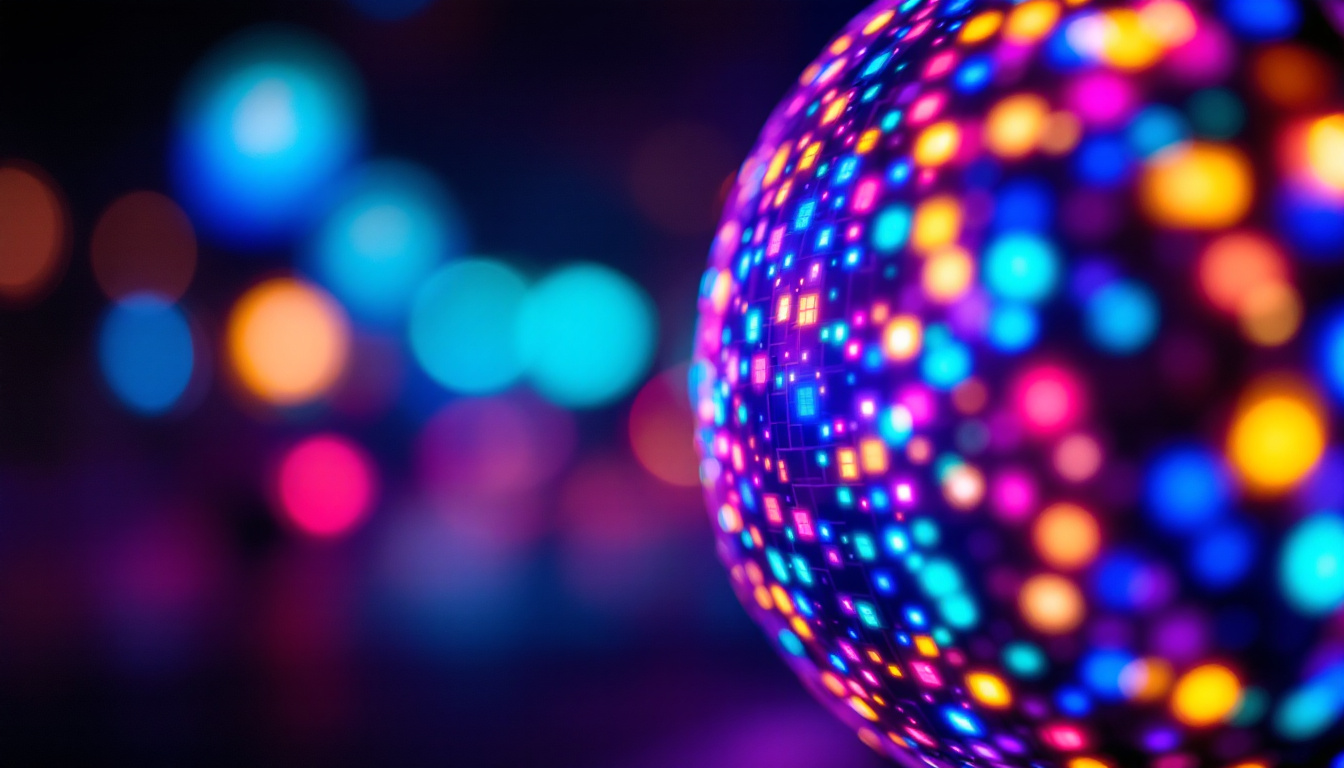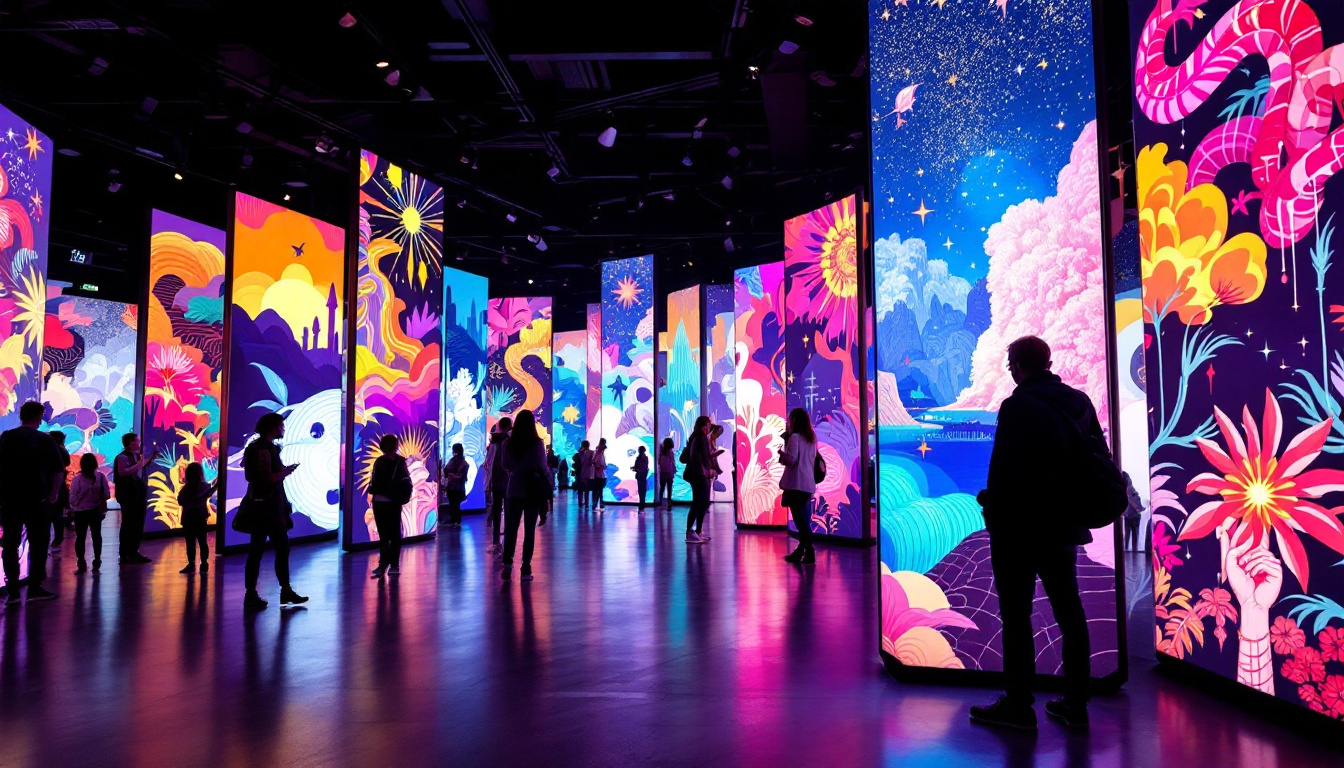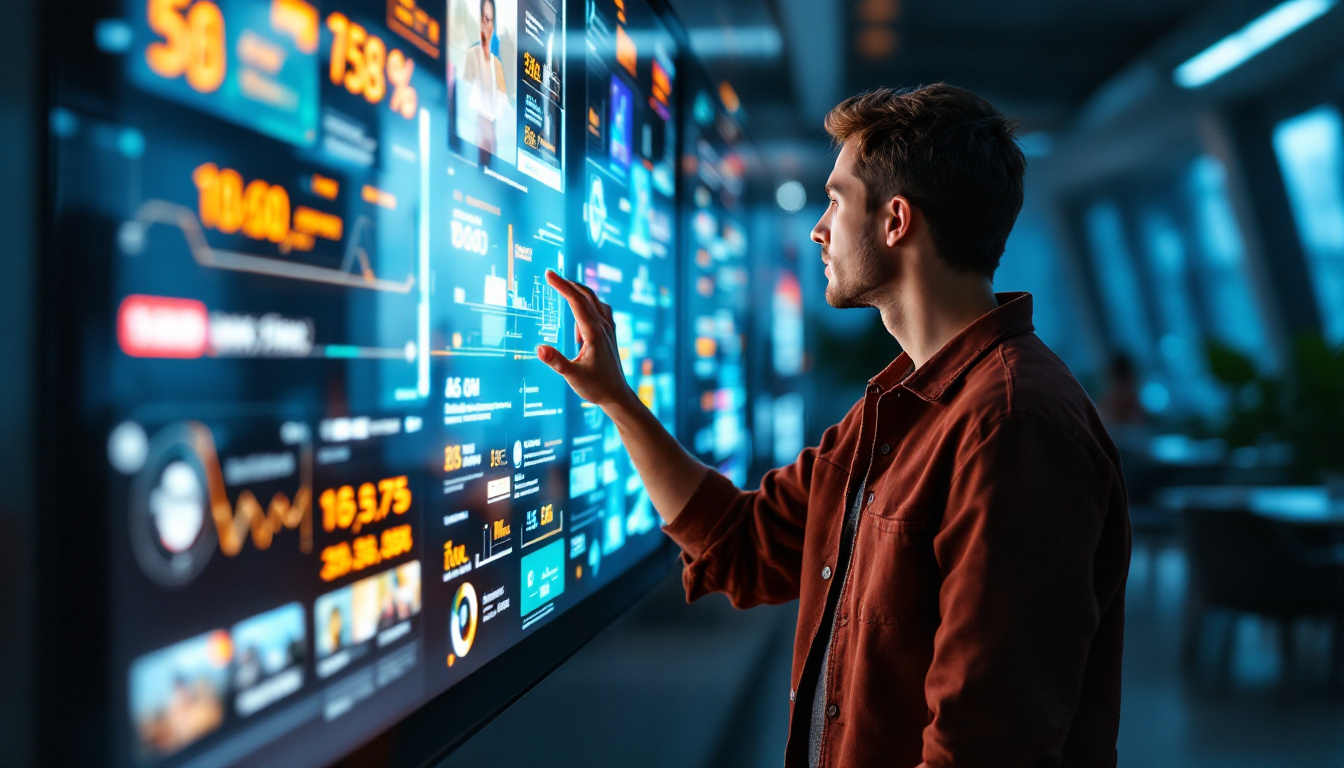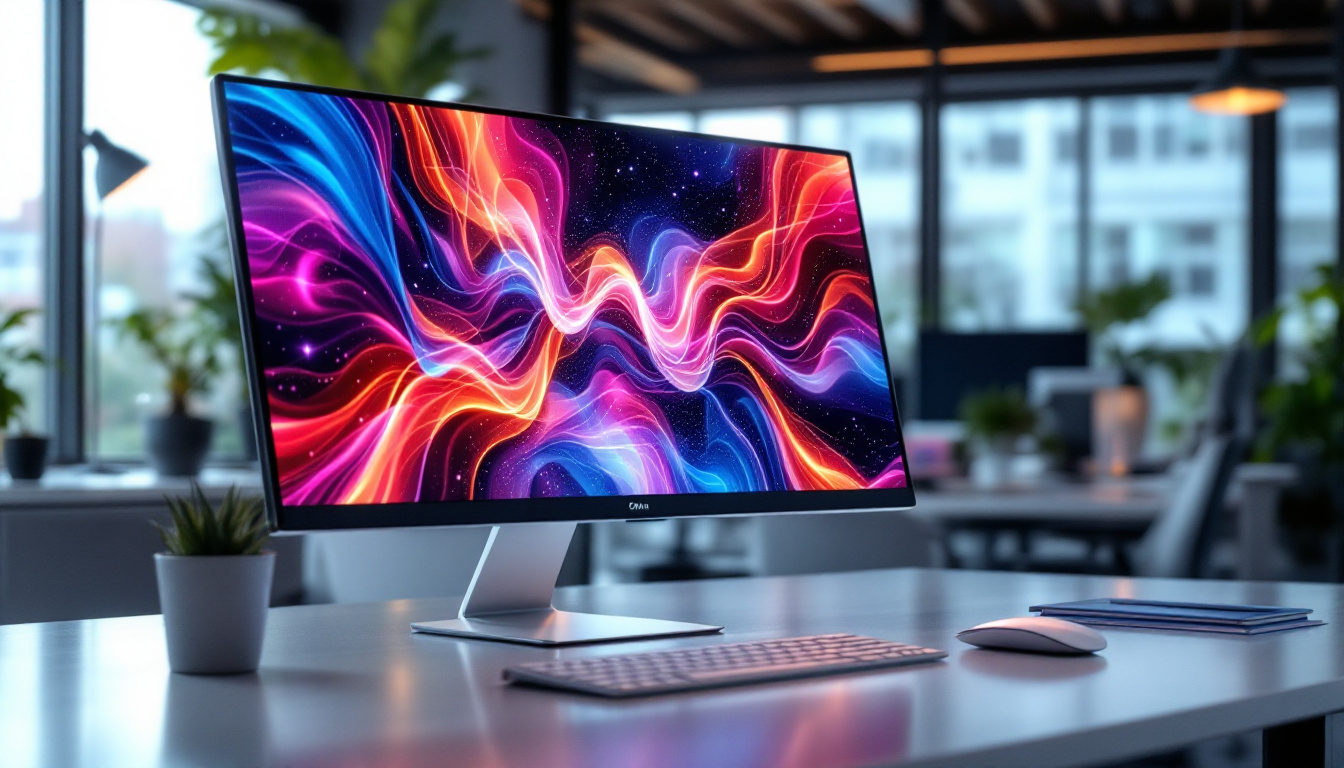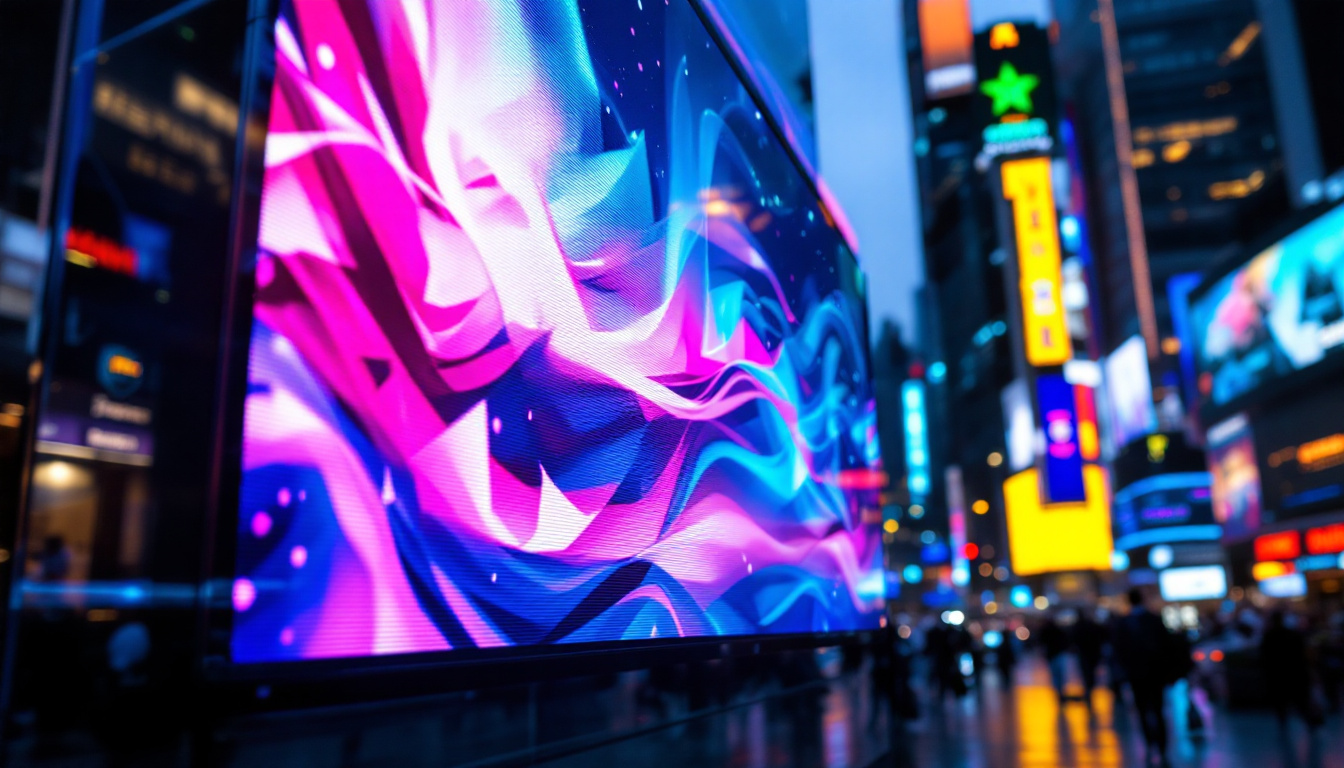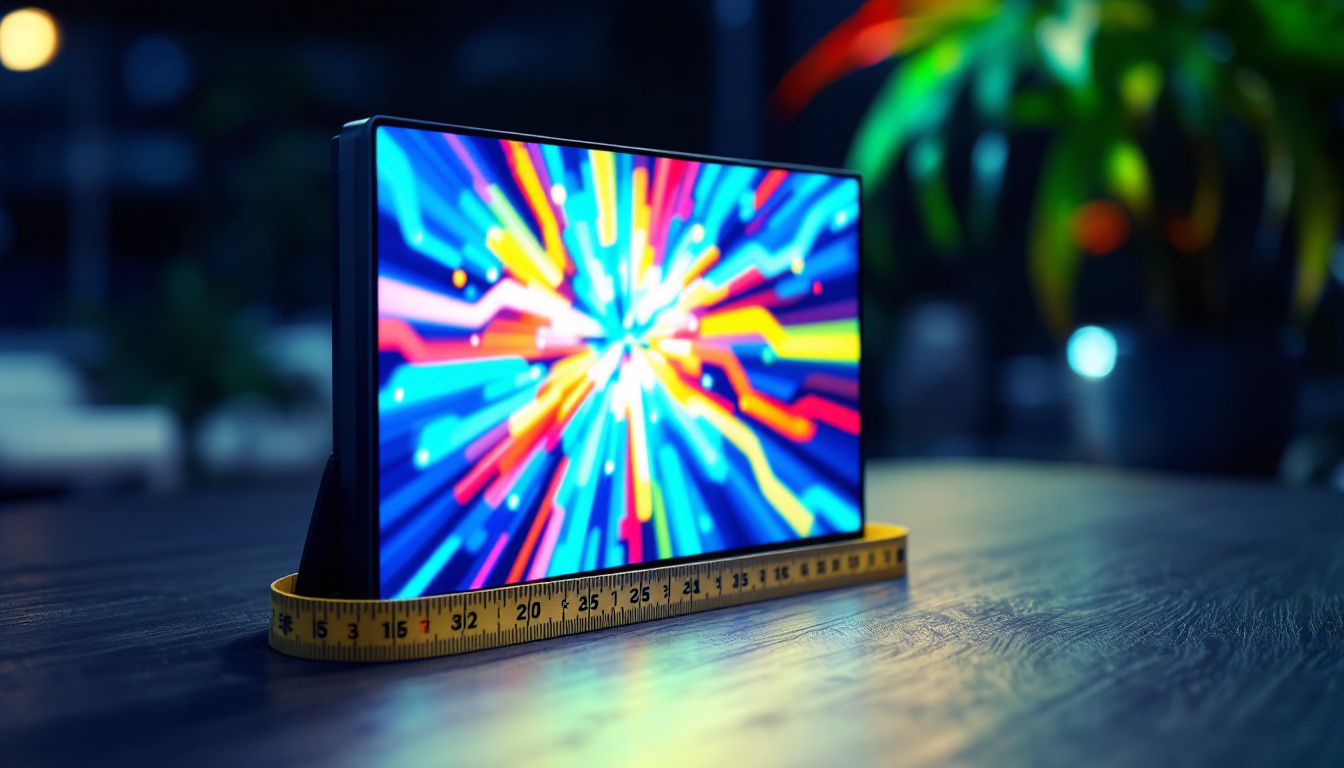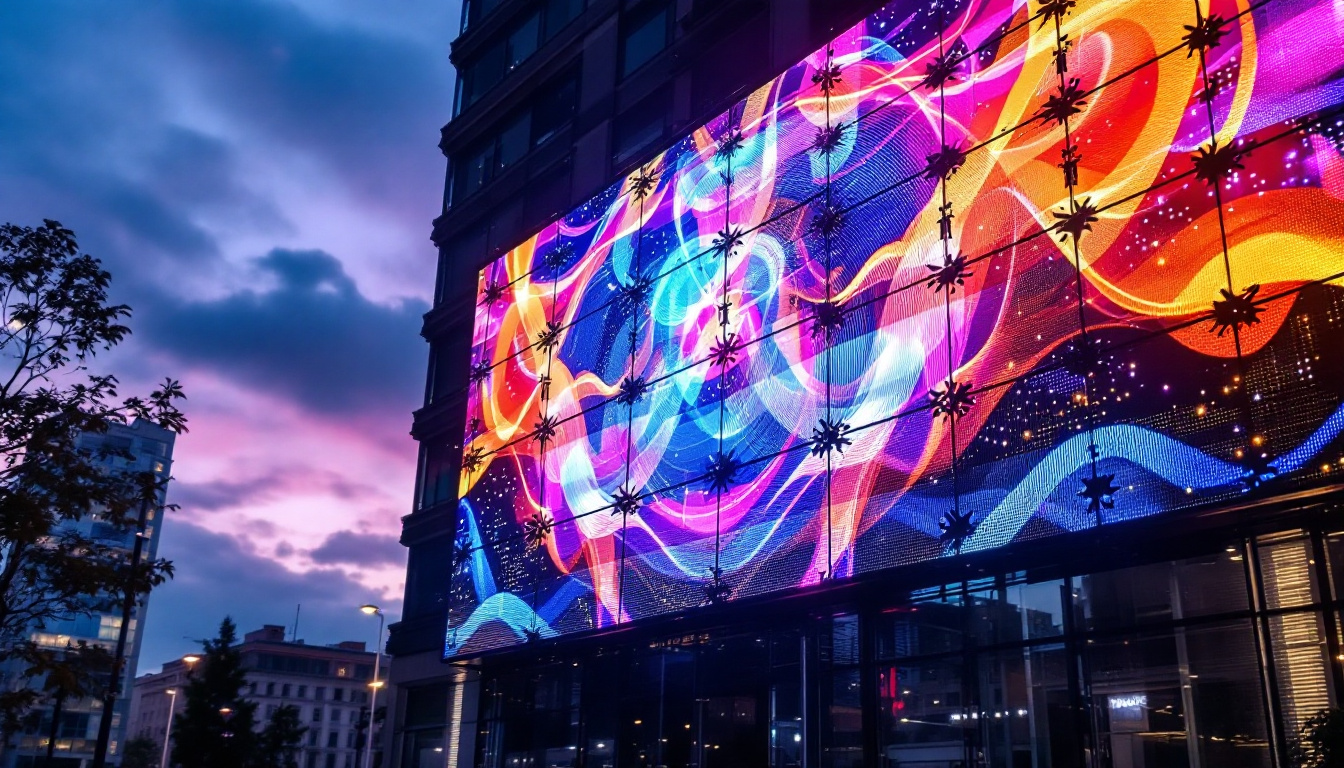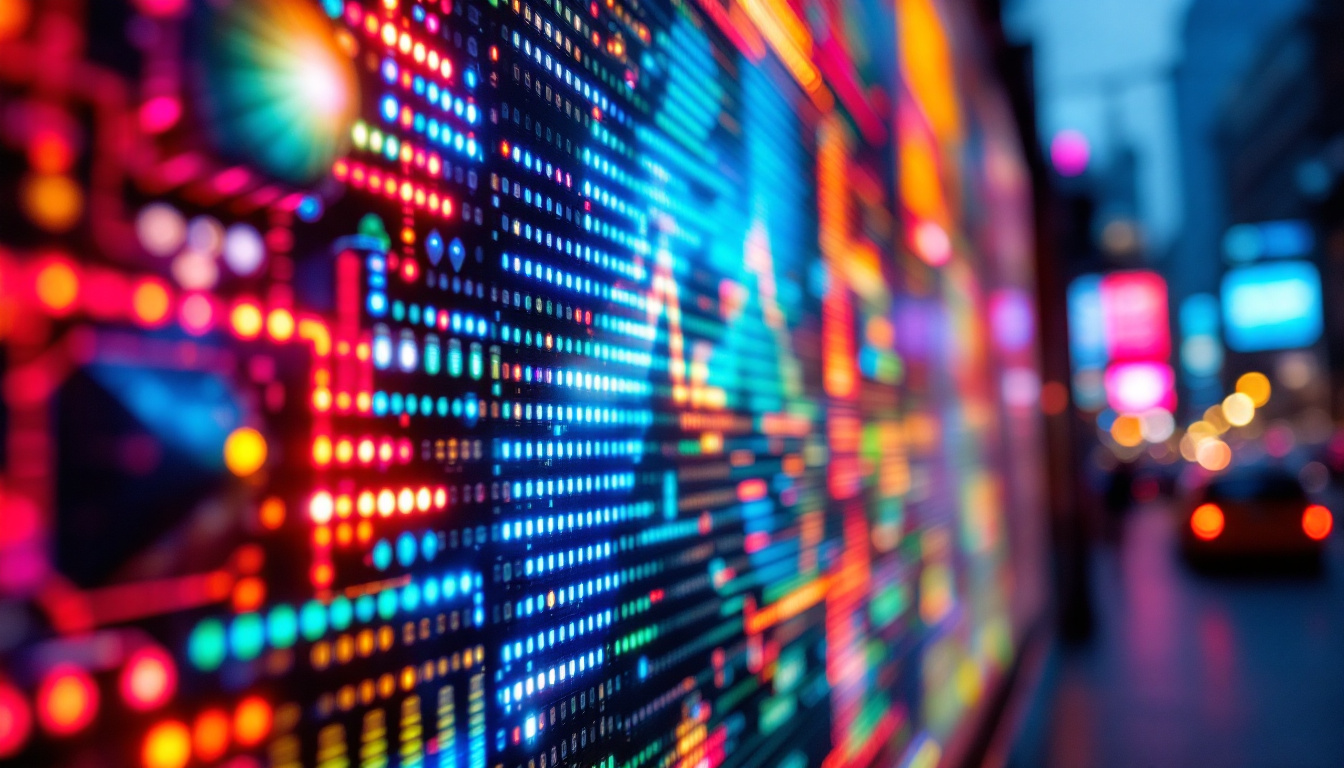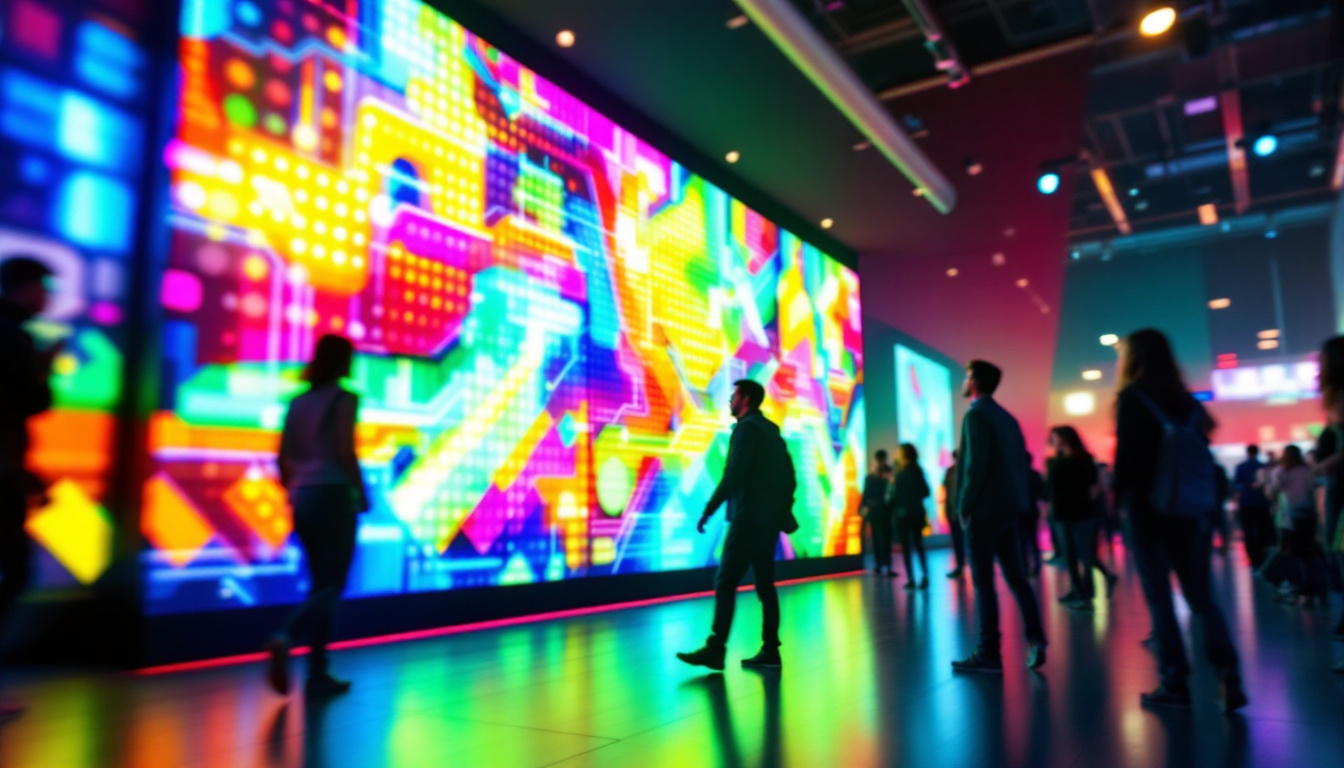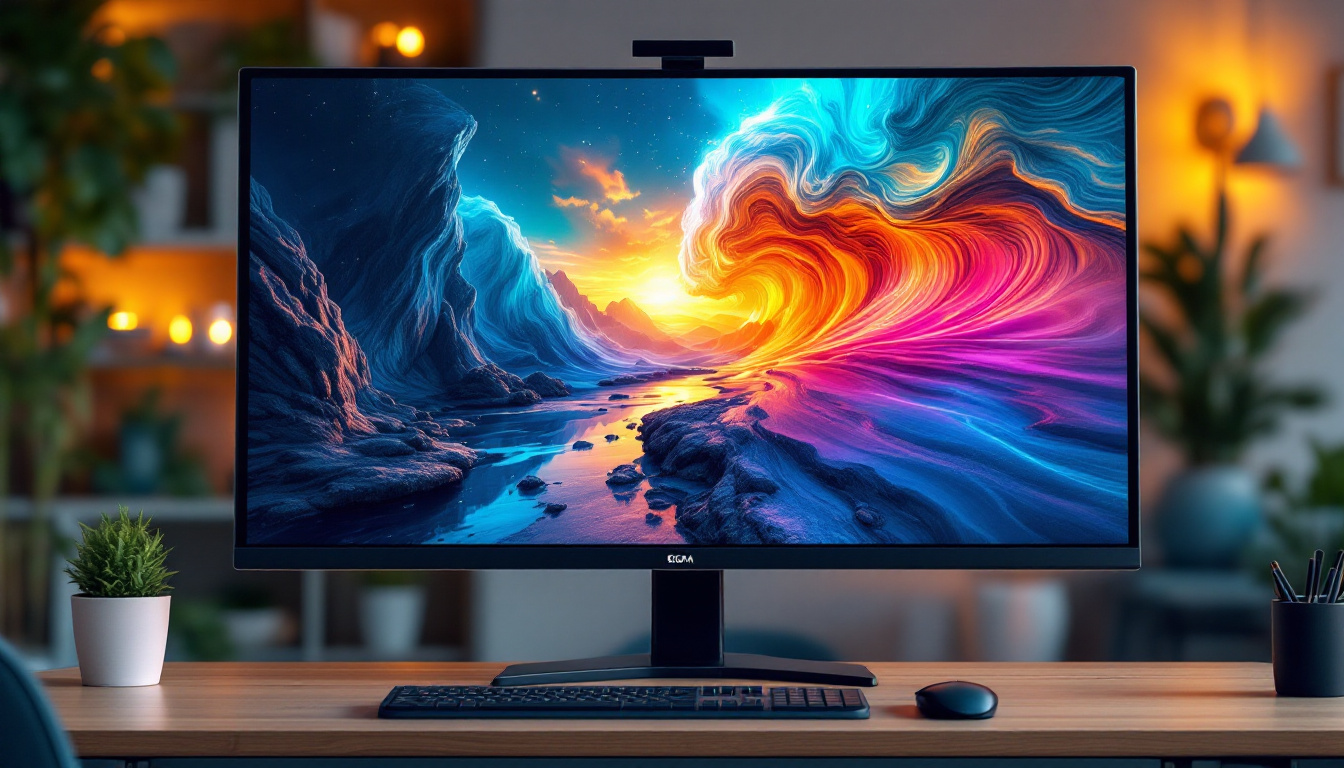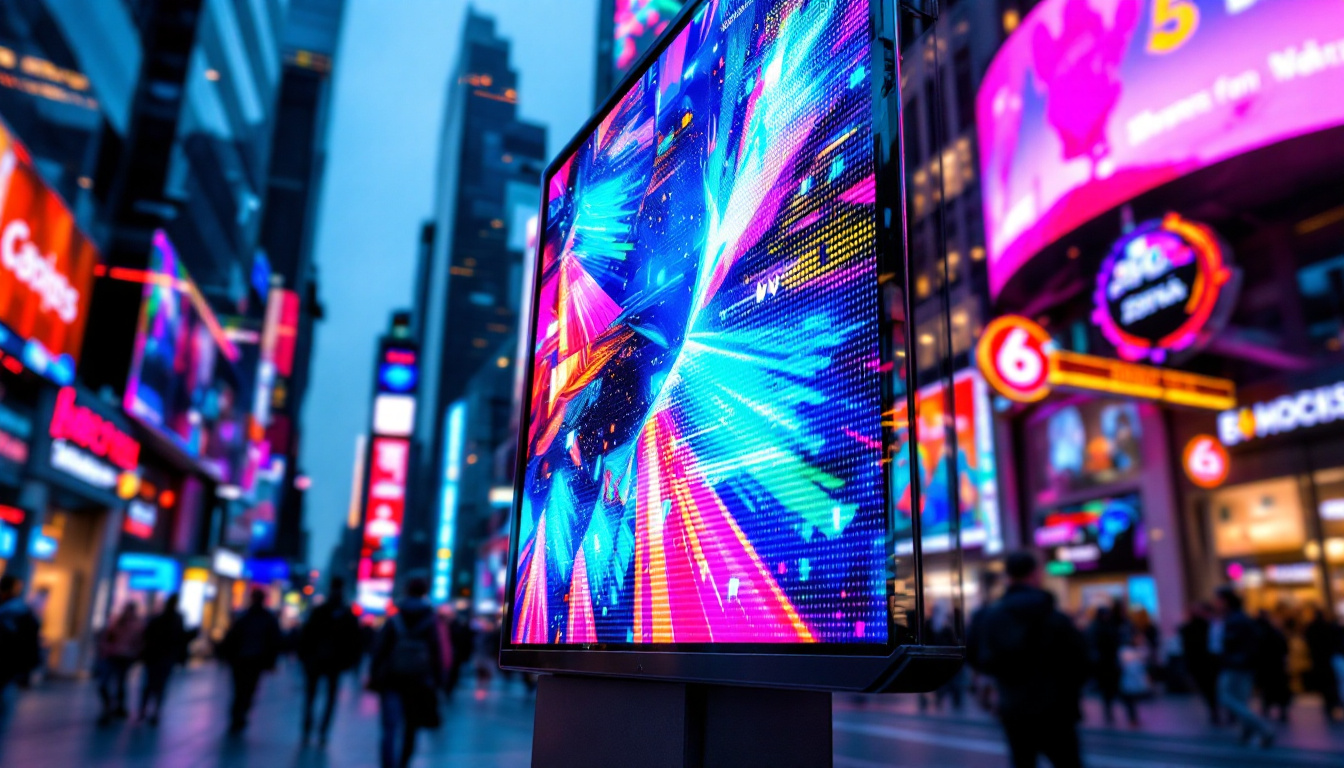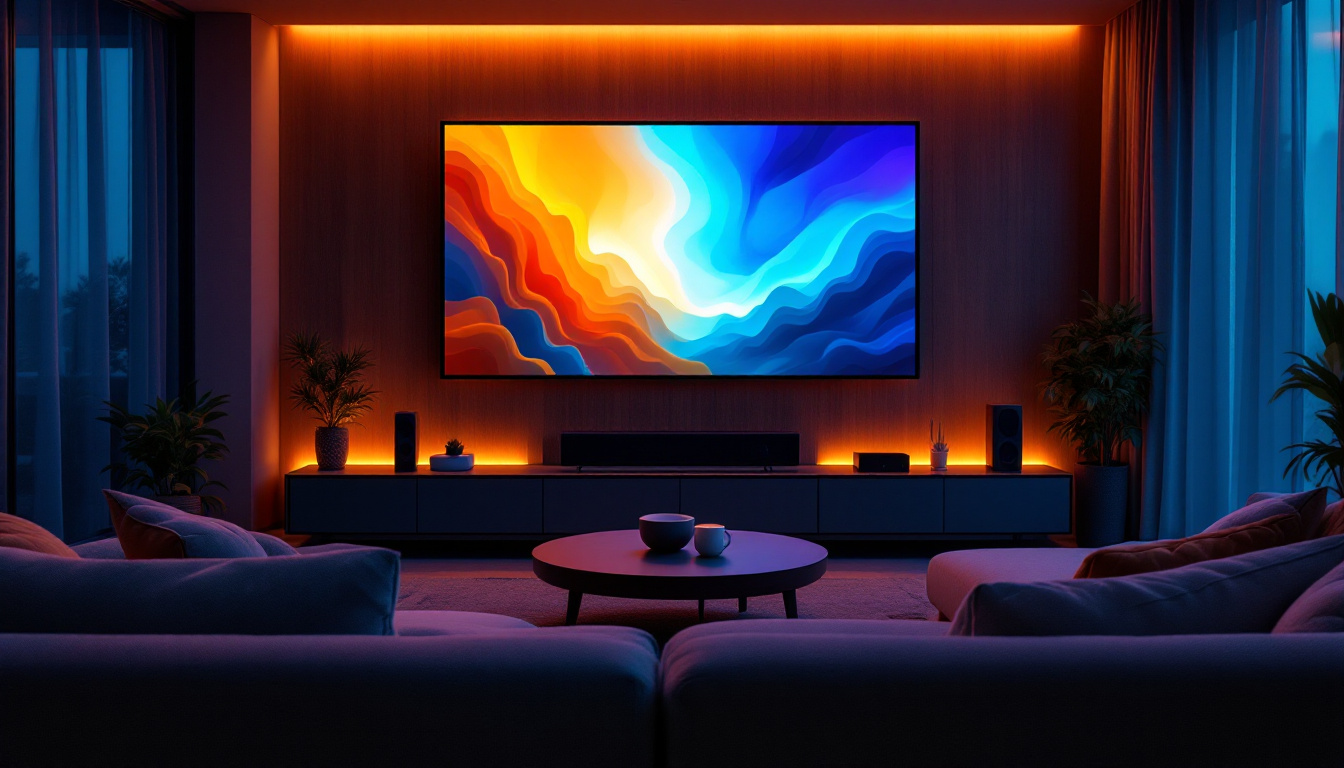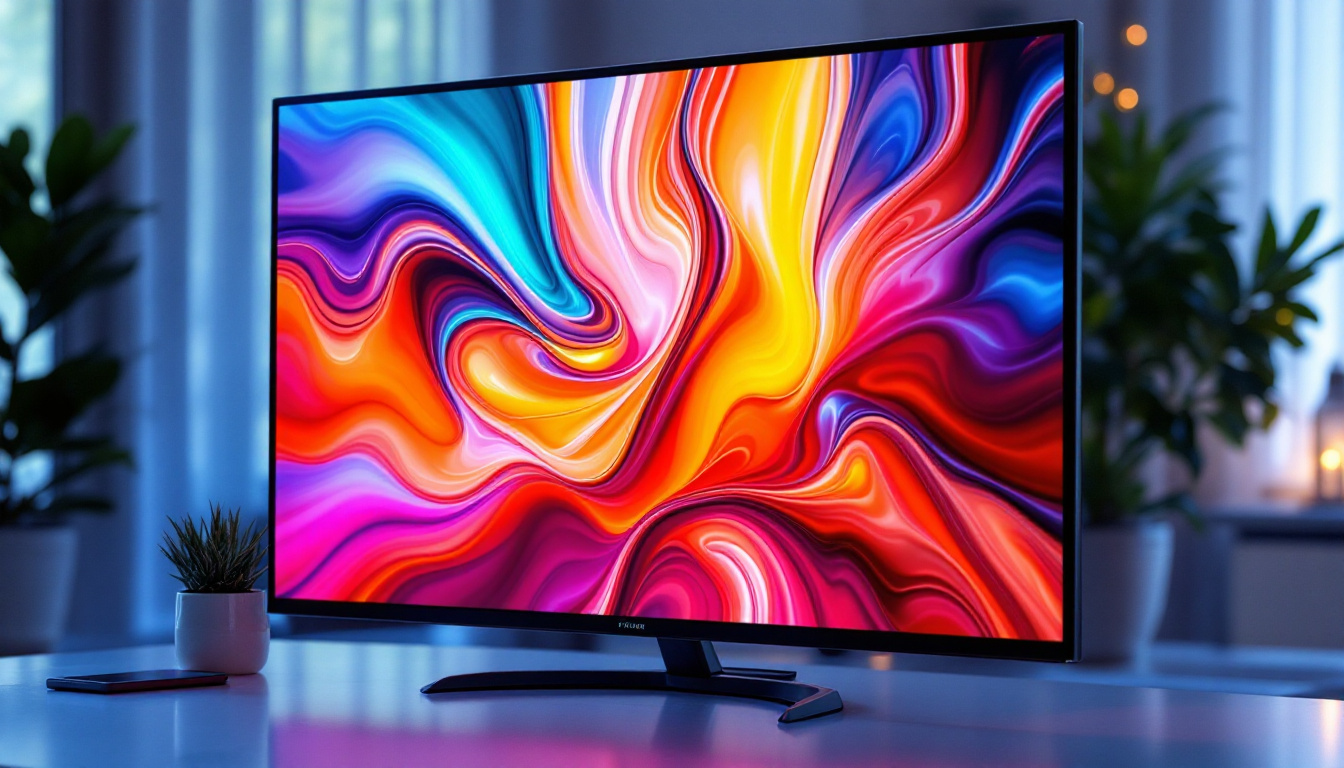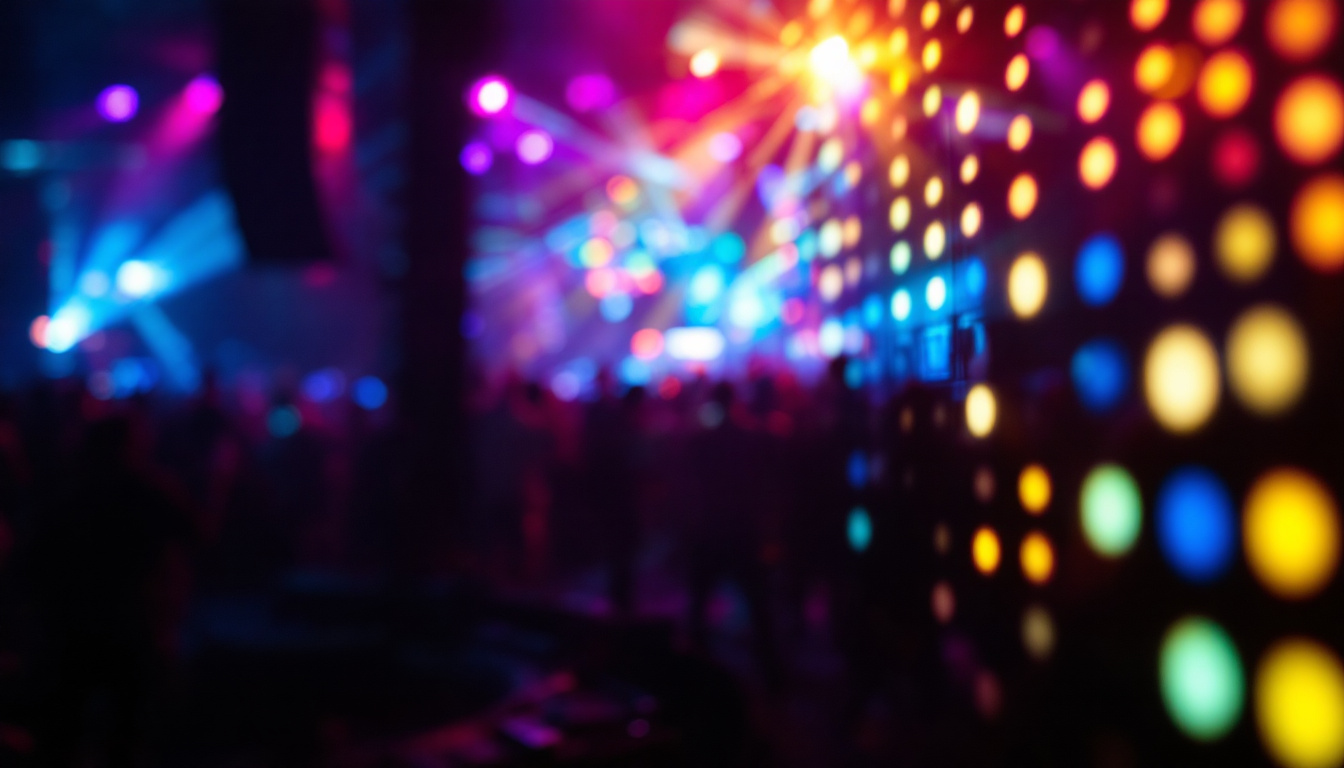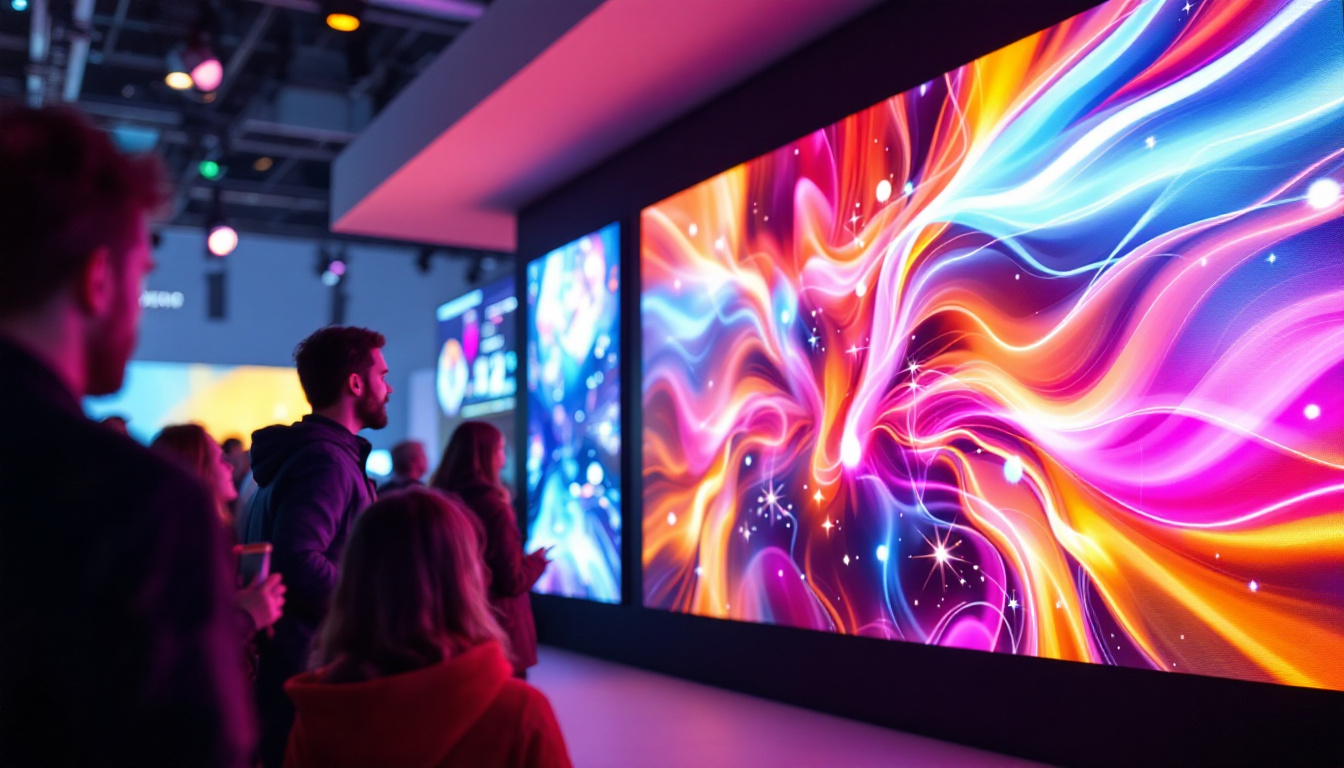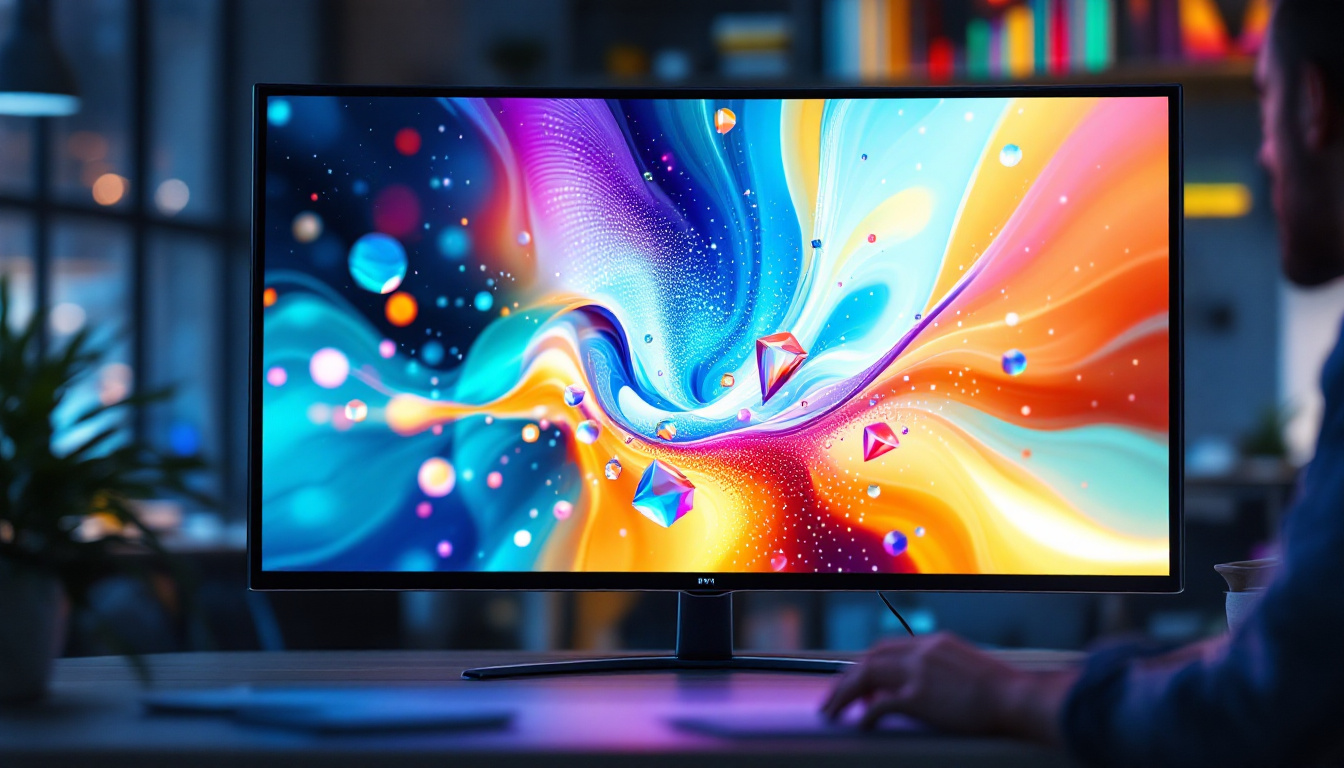In recent years, LED displays have revolutionized the way visual content is presented across various platforms. From large-scale outdoor billboards to intimate indoor screens, the versatility and vibrancy of LED technology have made it a popular choice for advertisers, event organizers, and even artists. One of the key terms associated with LED displays is “pitch,” which refers to the distance between the centers of two adjacent pixels. Understanding pitch is crucial for anyone looking to invest in LED technology, whether for commercial use or personal projects.
Understanding LED Display Technology
LED displays operate on a simple yet effective principle: they use light-emitting diodes (LEDs) to create images and videos. These diodes are grouped together in a matrix to form pixels, which are the building blocks of any display. The quality of an LED display is often determined by its pixel pitch, which directly influences the resolution and clarity of the images produced.
What is Pixel Pitch?
Pixel pitch is defined as the distance, measured in millimeters, between the centers of two adjacent pixels. A smaller pixel pitch means that the pixels are closer together, resulting in a higher resolution and sharper images. Conversely, a larger pixel pitch indicates that the pixels are spaced farther apart, which can lead to a lower resolution. This measurement is crucial for determining the appropriate application of an LED display. For instance, a pixel pitch of 2.5mm might be ideal for a high-end retail environment where customers are within a few feet of the display, while a pitch of 10mm could suffice for a large outdoor billboard viewed from a distance.
Types of LED Displays
LED displays come in various types, each designed for specific applications. The most common types include:
- Indoor LED Displays: These displays are typically used in environments where viewers are close to the screen, such as shopping malls, conference rooms, and theaters. They usually have a smaller pixel pitch to ensure high image quality.
- Outdoor LED Displays: Designed to withstand the elements, outdoor displays are often larger and have a higher pixel pitch, allowing for visibility from greater distances. They are commonly used for billboards, sports arenas, and public events.
- Transparent LED Displays: These innovative displays allow light to pass through, making them ideal for retail environments where visibility through the screen is essential.
In addition to these common types, there are also specialized LED displays such as flexible LED screens, which can be bent and shaped to fit unconventional spaces, and curved LED displays that enhance visual experiences by wrapping around corners or creating immersive environments. These advancements in technology have opened up new possibilities for creative advertising and artistic installations, allowing designers to think outside the traditional rectangular box. Furthermore, with the rise of digital signage, LED displays are increasingly integrated with smart technology, enabling real-time content updates and interactivity, which can significantly enhance audience engagement.
Another important aspect of LED display technology is energy efficiency. Modern LED displays consume less power compared to traditional display technologies, making them a more sustainable option for businesses. This energy efficiency not only reduces operational costs but also minimizes the environmental impact, aligning with the growing demand for eco-friendly solutions in various industries. As LED technology continues to evolve, we can expect even more innovations that will enhance performance while further reducing energy consumption, making LED displays an increasingly attractive option for both commercial and residential applications.
The Importance of Pixel Pitch
Choosing the right pixel pitch for an LED display is critical for achieving the desired visual impact. The pixel pitch not only affects image clarity but also influences the viewing distance and overall experience for the audience.
Resolution and Viewing Distance
The relationship between pixel pitch and resolution is straightforward: smaller pixel pitches yield higher resolutions. For instance, a display with a 1.5mm pixel pitch will produce a clearer image than one with a 10mm pitch when viewed from the same distance. This is particularly important in settings where viewers are close to the screen, such as in retail environments or during presentations.
Conversely, in situations where the audience is positioned further away, a larger pixel pitch may suffice. For example, outdoor billboards are often viewed from a distance, allowing for a pixel pitch of 10mm or more without sacrificing image quality. Understanding the intended viewing distance is essential for selecting the appropriate pixel pitch.
Cost Considerations
While smaller pixel pitches offer superior image quality, they also come with a higher price tag. This cost factor is a significant consideration for businesses and organizations looking to invest in LED technology. It is essential to weigh the benefits of high-resolution displays against the budget constraints. In many cases, a balance can be struck by selecting a pixel pitch that meets the needs of the application without overspending.
Applications of LED Displays
LED displays are used in a wide range of applications, showcasing their versatility and effectiveness. From advertising to entertainment, the potential uses for LED technology are virtually limitless.
Advertising and Marketing
One of the most prominent applications of LED displays is in advertising. Brands utilize vibrant, eye-catching displays to capture the attention of potential customers. The dynamic nature of LED technology allows for changing content, making it possible to run multiple advertisements on a single display throughout the day.
Moreover, the ability to create stunning visuals with high brightness and contrast ensures that advertisements stand out, even in bright daylight. This makes LED displays an attractive option for outdoor advertising, where competition for attention is fierce.
Entertainment and Events
In the realm of entertainment, LED displays have become indispensable. Concerts, festivals, and sporting events often feature large LED screens to enhance the experience for attendees. These displays can showcase live feeds, graphics, and animations, creating an immersive environment.
Additionally, LED walls are frequently used in theaters and cinemas to create stunning backdrops and visual effects. The flexibility of LED technology allows for creative setups that can transform any venue into a captivating space.
Corporate and Educational Use
In corporate settings, LED displays are often used for presentations, conferences, and training sessions. Their high resolution and clarity ensure that information is conveyed effectively, making it easier for audiences to engage with the content. In educational environments, LED displays can enhance learning experiences by providing dynamic visual aids that capture students’ attention.
Choosing the Right LED Display
When selecting an LED display, several factors must be considered to ensure the right fit for the intended application. These factors include pixel pitch, size, brightness, and installation requirements.
Assessing Pixel Pitch
As discussed earlier, pixel pitch is a critical factor in determining the display’s resolution and suitability for various viewing distances. It is essential to assess the intended audience and their proximity to the screen when making this decision. For example, a retail store may benefit from a smaller pixel pitch to attract customers, while a large outdoor billboard may require a larger pitch.
Size and Brightness
The size of the LED display is another important consideration. Larger displays can cover more area and attract more attention, but they also require more space and may come with higher installation costs. Brightness is equally crucial, particularly for outdoor displays that need to compete with natural sunlight. A display with a high brightness rating will ensure that content remains visible and engaging, regardless of environmental conditions.
Installation and Maintenance
Installation requirements can vary significantly based on the type of LED display. Some displays may require complex rigging and mounting solutions, while others can be easily installed. Additionally, maintenance is a key consideration; LED displays should be designed for easy access to components for repairs and upkeep. Understanding these factors can help in selecting a display that meets both operational and logistical needs.
Future Trends in LED Display Technology
As technology continues to evolve, so too do the capabilities of LED displays. Several trends are emerging that promise to shape the future of this industry.
Advancements in Resolution
One of the most exciting trends in LED technology is the continuous improvement in resolution. Manufacturers are developing displays with smaller pixel pitches, allowing for ultra-high-definition visuals. This advancement will enable even closer viewing distances without sacrificing image quality, opening up new possibilities for applications in various sectors.
Integration with Smart Technology
Another trend is the integration of LED displays with smart technology. This includes features such as remote monitoring, content management systems, and interactive capabilities. These advancements make it easier for users to control and update content in real-time, enhancing the overall effectiveness of the display.
Environmental Considerations
As sustainability becomes increasingly important, the LED display industry is also focusing on environmentally friendly practices. This includes the development of energy-efficient displays and recyclable materials. Such innovations not only reduce the environmental footprint but also appeal to consumers who prioritize sustainability in their purchasing decisions.
Conclusion
LED displays have transformed the way visual content is presented, offering unparalleled versatility and clarity. Understanding pixel pitch and its implications is essential for making informed decisions when investing in LED technology. With a wide range of applications and continuous advancements in resolution, smart technology integration, and sustainability, LED displays are set to play an even more significant role in our visual landscape.
As industries continue to evolve, the demand for high-quality LED displays will only grow. By staying informed about the latest trends and technologies, businesses and organizations can harness the full potential of LED displays to engage audiences and enhance their visual communication strategies.
Explore Cutting-Edge LED Display Solutions with LumenMatrix
Ready to elevate your visual communication with the latest in LED display technology? Discover LumenMatrix’s innovative range of LED display modules, from vibrant Indoor and Outdoor LED Wall Displays to dynamic Vehicle and Sports LED Displays. Whether you’re looking to create an immersive experience with a Floor LED Display, make a statement with a Custom LED Display, or captivate passersby with an LED Transparent Display, LumenMatrix has the solution to bring your vision to life. Check out LumenMatrix LED Display Solutions today and see how we can transform your space with clarity, engagement, and impact.


